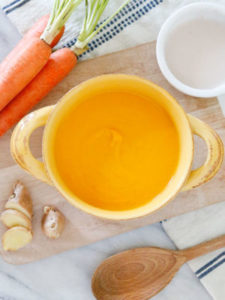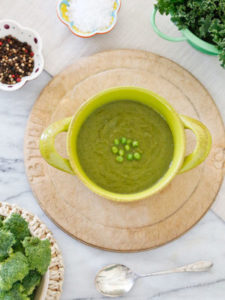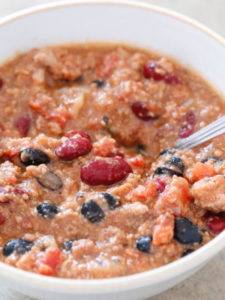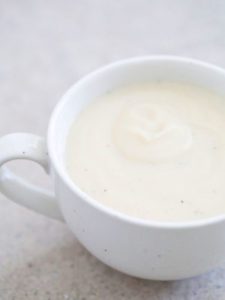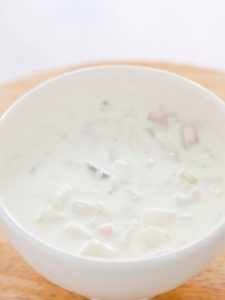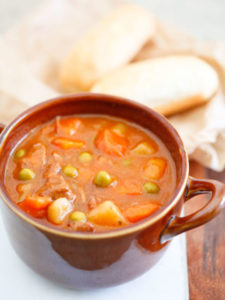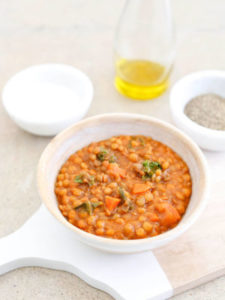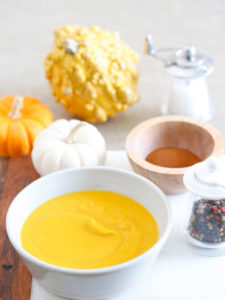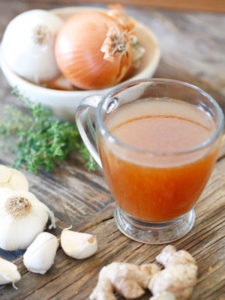If you’ve ever sat down to eat lunch and found what appears to be a whole leaf on top of your soup or stew – don’t worry, it is supposed to be there! That leaf is called a bay leaf, and they’re leaves that come from the evergreen shrub Laurel plant which are then often dried and used for cooking. These Laurel plants grow in warm climates, and the ones you find floating on top of your soup in Thousand Oaks either come from California or the Mediterranean. In the United States, most fresh bay leaves come from California, while most dried bay leaves come from the Mediterranean.
Bay leaves don’t just bring something interesting visually to soups and stews, they’re celebrated for their flavor and their role in recipes. On their own they are light and herbal, but where they shine is helping to bring out depth and complexity in the flavors of other ingredients. They’re a favorite supporting cast member of many chefs as their aromatic and herbal properties help to ramp up and harmonize the many additional flavors they may be putting into a dish. Fresh bay leaves tend to be stronger than dried bay leaves, so a chef may cut the fresh bay leaf in half to achieve the same result as they would with a single dried leaf.
Bay leaves are thick, leathery, and tough, so they’re often simmered in dishes in order to make the most of their talents in the dish. This is why you’ll often find bay leaves in soups, stews, and sauces. When in a soup or stew, they shouldn’t be eaten but removed as a person is eating their meal. Bay leaf points are notably sharp and they could cut the lips, tongue, or gums when chewed. If swallowed, the sharp points may harm the throat or digestive tract. Bay leaf can be dried, ground, and used as a powder in spice-like applications, so the recipe gets some of that classic flavor without the presence of the entire tough leaf.
The longer a bay leaf is able to simmer, the more flavor it will release. For this reason, chefs will typically add the bay leaf very early on in the recipe and allow the bay leaf to simmer for as long as possible to extract the maximum amount of flavor.

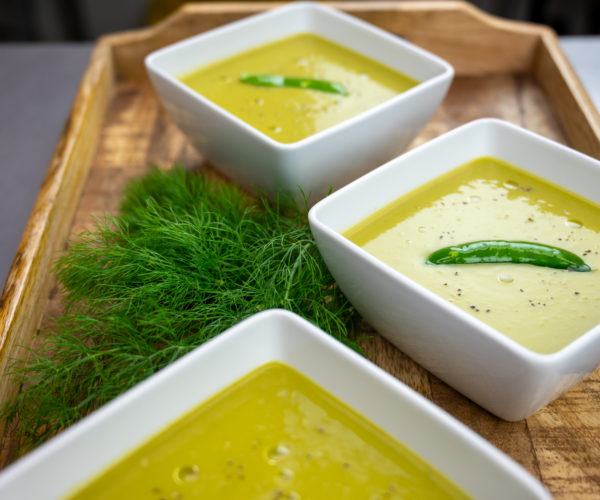
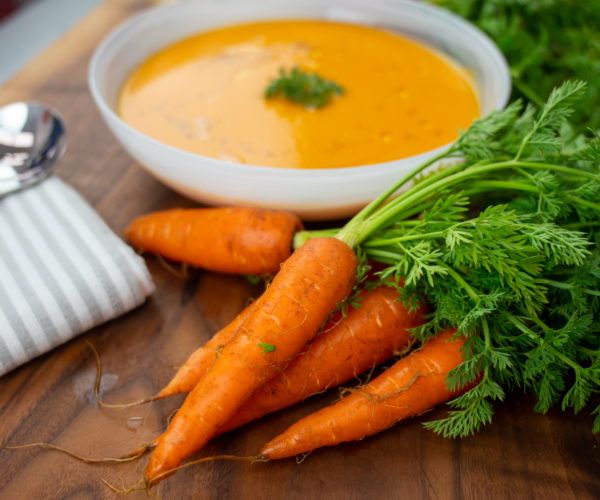
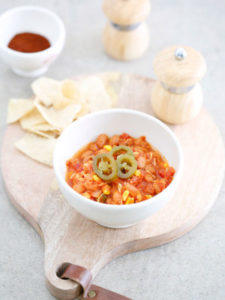
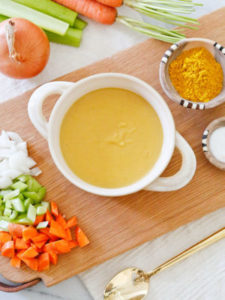 Deep and aromatic, high in protein and fiber, and always super-delicious though never heavy-handed.
Deep and aromatic, high in protein and fiber, and always super-delicious though never heavy-handed.